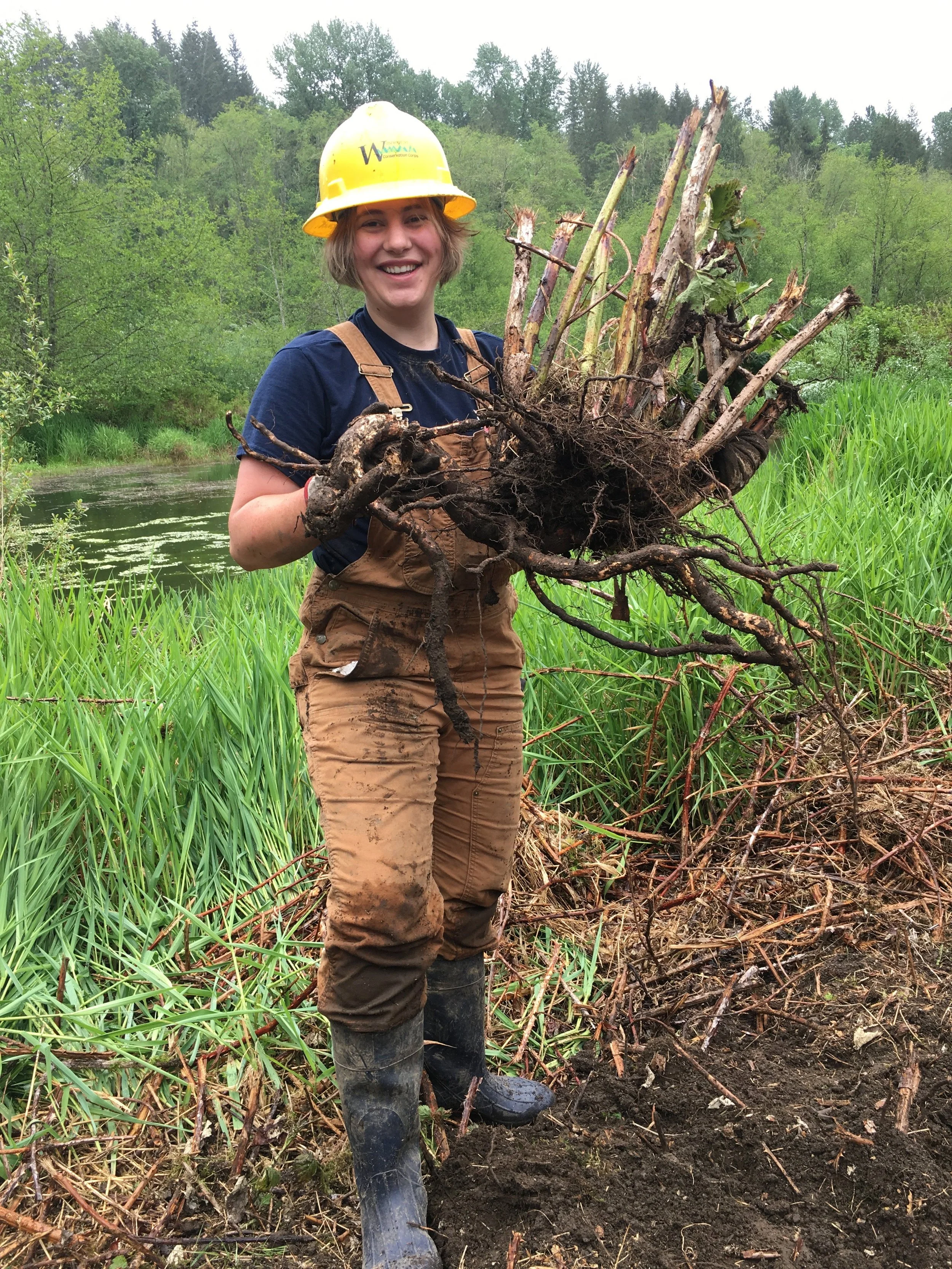8th Annual Orca Recovery Day Brings Volunteers Together in Stanwood
/Our 8th Annual Orca Recovery Day was held on Saturday, October 18. Over 50 volunteers joined us at Puget Sound Public Farms at Ovenell Park in Stanwood to plant 200 native trees and shrubs and remove invasive Evergreen Blackberry.
Read More




















